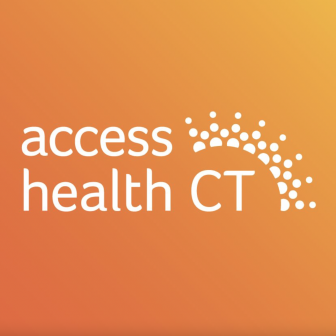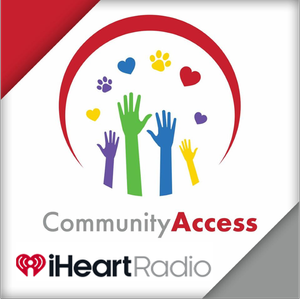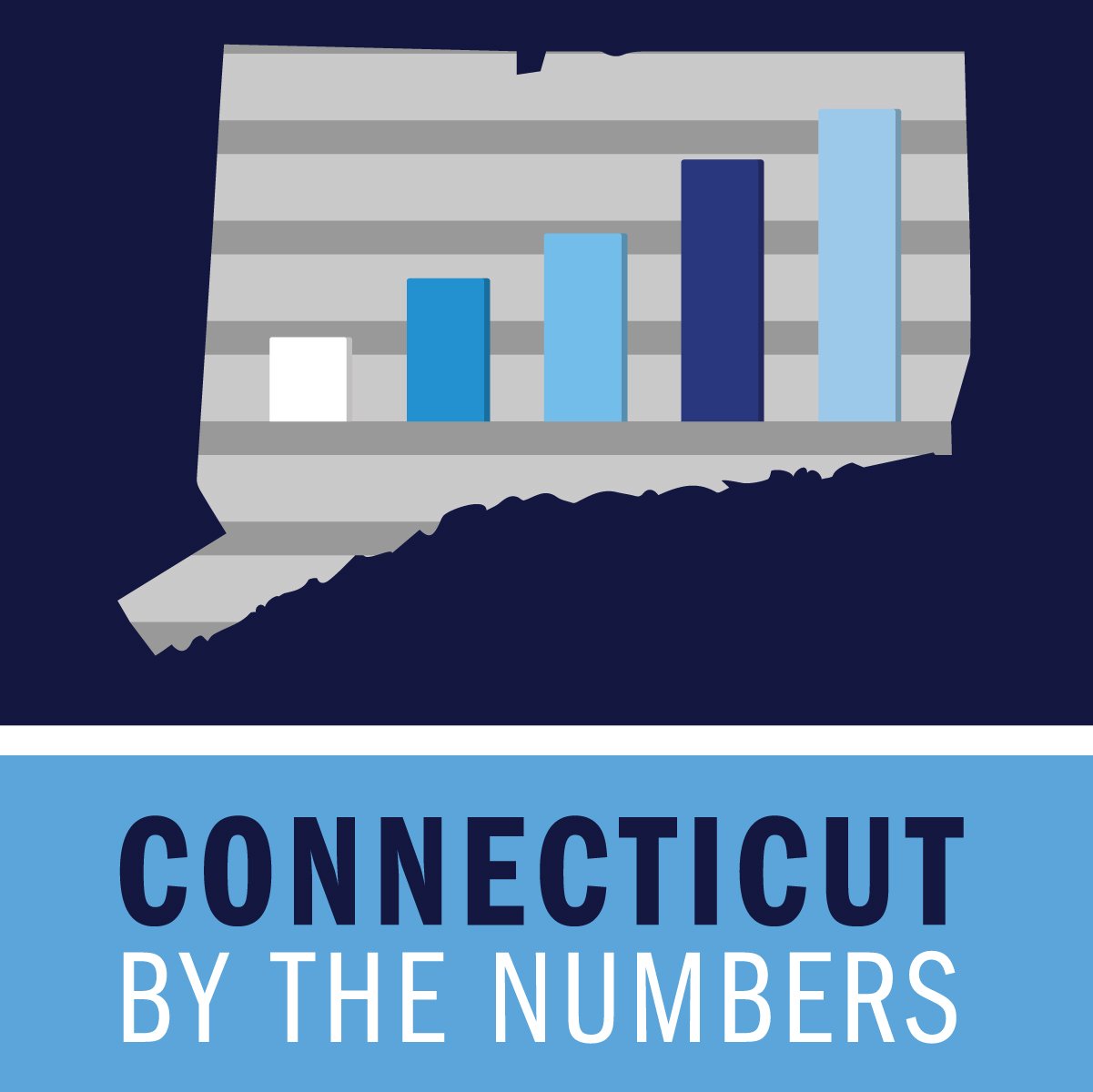Mobile Crisis Intervention Experiences Increasing Demand in FY 25
/In Connecticut, Mobile Crisis Intervention Services (Mobile Crisis) is a face-to-face intervention for children and adolescents experiencing a behavioral or mental health need or crisis, where a clinician meets the child and family in their home or community.
Mobile Crisis is available to any child and family across the state, free of charge, funded by the Connecticut Department of Children and Families (DCF) It is accessed by calling 2-1-1 or 988.
The statewide Mobile Crisis network is comprised of over 200 trained mental health professionals who can respond in-person within 45 minutes when a child is experiencing an emotional or behavioral crisis. The purposes of the program are to serve children in their homes, schools, and communities; reduce the number of visits to hospital emergency rooms; and divert children from high-end interventions (such as hospitalization or arrest) if a lower level of care is a safe and effective alternative.
Mobile Crisis is implemented by six primary contractors, most of whom have satellite offices or subcontracted agencies. A total of 14 Mobile Crisis sites collectively provide coverage for every town and city in Connecticut.
The Mobile Crisis Performance Improvement Center (PIC) is housed at the Child Health and Development Institute (CHDI) and was established to support the implementation of a best practice model of Mobile Crisis services for children and families. CHDI notes that Connecticut’s youth mobile crisis services “have been recognized by the federal government as a national exemplary model for other states and consistently demonstrates excellent service quality, responsiveness, and outcomes.”
The FY2025 Annual Report summarizes Mobile Crisis data, and was recently released by CHDI, which has oversight responsibility to compile and release data, in pursuit of a best practice model.
During the just-concluded fiscal year, according to the report,15,678 calls came into the Mobile Crisis line at 2-1-1, resulting in 11,608 episodes of care. This was a 3.2% increase in call volume compared to FY2024, and a 2.3% increase in episode volume. Episode volume remained 24.2% lower than FY2019, prior to the pandemic.
Officials explain that in FY2025, a data element was added to capture when calls come through 988 instead of 2-1-1. There were 252 episodes (2%) that were initiated through 988. The 11,608 episodes this year served 8,428 unique children. Most children served only had one episode of care this year (77.0%), with 23.0% having two or more episodes of care within the year. Most youth with multiple episodes of care only had two episodes (65.6%).
The majority of episodes (70.8%) resulted from calls that came in Monday-Friday between 7 a.m. and 5 p.m. An additional 16.6% of episodes were initiated on weekdays between 5 p.m. and midnight, and 10.6% came in at any time over the weekend. Only 2.6% of episodes were initiated between midnight and 7 a.m.
The data indicate that Mobile Crisis has consistently served Black and Hispanic youth at higher rates than the Connecticut population. Children served this past year were 52% female and 48% male. The rates of each racial and ethnic group served were consistent for both sexes. The majority of children served were between ages 9 and 15 (63%). Statewide, the top presenting problems were Harm/Risk of Harm to Self (30.2%) and Disruptive Behavior (25.5%). Schools were the top caller to Mobile Crisis (41.5%) followed closely by self/family (39.9%).
The comprehensive 38-page report, including detailed data and updates on program elements, can be reviewed here.































